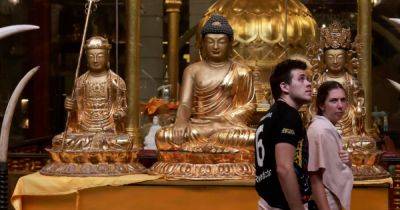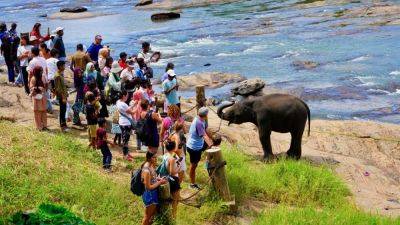Tourism potential
September 2, 2024
ISLAMABAD – AT a time when tourism has emerged as a major sector of the global economy, many nations have invested heavily in the industry to contribute to their GDP and also create employment. For Pakistan, too, tourism has the potential to not only bring socioeconomic dividends, but also improve the country’s image. In fact, there are very few countries in the world that can match Pakistan’s combined potential for mountain, religious, heritage, and coastal tourism.
Of the many facets distinguishing Pakistan are its mighty mountains, that have attracted adventure tourists from around the world. Home to the meeting point of the Himalayas, the Karakoram, and the Hindu Kush, the northern areas of Pakistan are an authentic destination for mountain lovers. Of the 14 peaks above 8,000 metres, five are in Pakistan: K-2 (8,611m), Nanga Parbat (8,126m), Broad Peak (8,047m), Gasherbrum-I (8,068m), and Gasherbrum-II (8,035m). According to the Pakistan Tourism Development Corporation, Pakistan is home to 108 peaks above 7,000 metres and an equal number above 6,000 metres. This spectacular landscape is complemented by extensive glacier systems, gorgeous ridges, fabled lakes, picturesque passes, and high-altitude meadows.
The territories of Pakistan have also been the bastion of major religions. Buddhist holy places in the Gandhara region — Mardan, Taxila, Swat, and Takht-i-Bahi — attract tourists from Sri Lanka, Thailand, Japan etc. Eighty per cent of the Sikh religion’s holy sites are situated in Pakistan, notably Nankana Sahib, Punja Sahib, and Kartarpur Sahib. Each year, thousands of Sikh yatrees visit these gurdwaras. Likewise, several temples in the country are revered by Hindus, including Hinglaj Mata in







